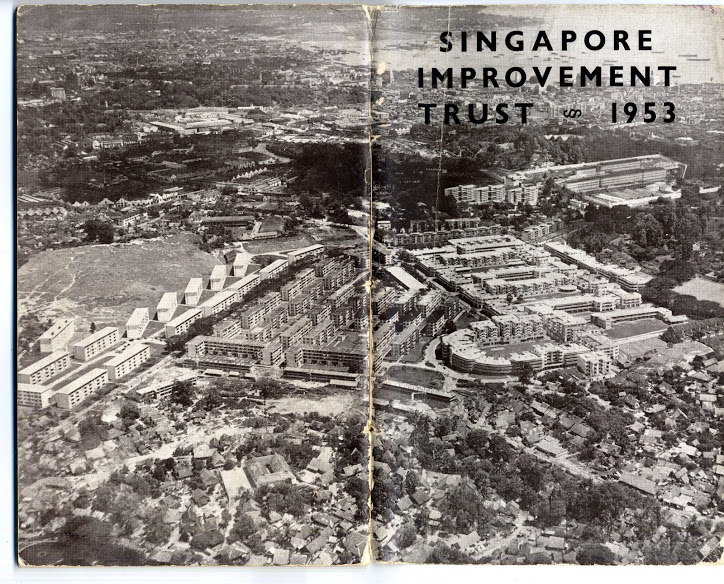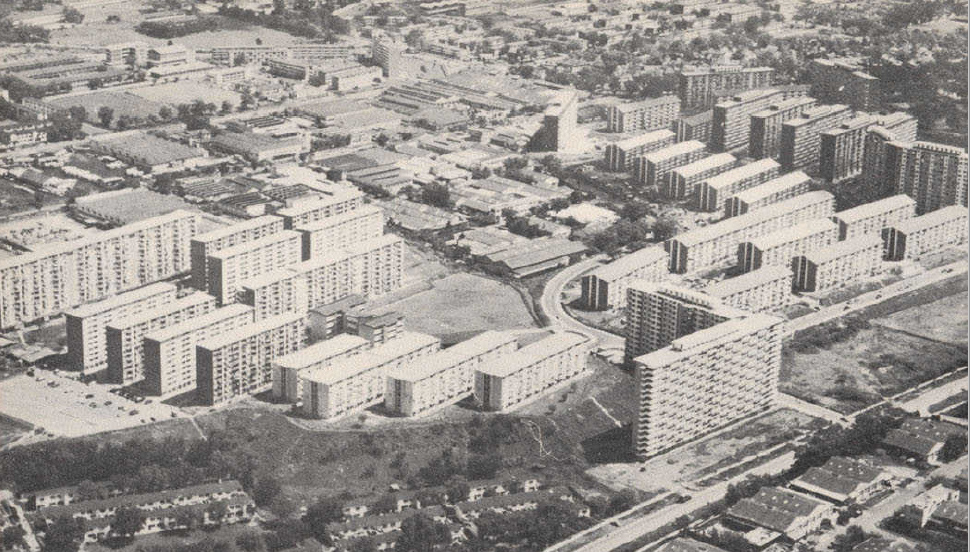SERS (Selective En-bloc Redevelopment Scheme) was announced in 1995 and by 2007 were 71 SERS sites, generating false rumors that any 1960s and 1970s block will get SERS, increasing demand for old flats, people buying 1960s and 1970s flats on purpose to receive a new flat at subsidized price when their block will be demolished.
Between 2008 and 2018, only 10 SERS sites were announced, total 7883 flats. At this rate, 306 years are required to replace all 241343 flats built between 1971 and 1980.
During 2010s it became obvious that SERS is limited to blocks related to infrastructure projects (such as upcoming MRT lines). SERS was never intended to be a replacement for aging flats, and HDB owners started being concerned that their flats may reach end of 99-year lease and have zero value.
HDB announced that only 5% of total sold flats are eligible for SERS during National Rally 19 August 2018, of which 4% have been selected already. For all other flats there will be VERS (Voluntary En-bloc Redevelopment Scheme) that will start in approximately 20 years (probably in 2036 when first leases reach 70 years old). While SERS is mandatory redevelopment, VERS require 75% of owners to vote for redevelopment or keep living in their flats until leases run out.
On 10 August 2025 HDB announced NO PLANS for any more SERS sites, and VERS will start first half of 2030s decade.
No other details been provided about VERS, and this raised numerous questions:
- Will HDB select blocks for VERS and call a poll (like at upgrading programmes)?
- Will owners be able to call a poll to VERS once remaining lease drop under 30 years (like private properties en-bloc)?
- What if the poll fails to get 75%, can owners call for another poll?
- What will be the benefits of VERS? Will replacement blocks be built nearby or they have to apply for BTO flat or buy another resale flat?
- VERS compensation will be likely less than SERS, giving by low remaining lease, people will need to top $ to get a new flat, and since old blocks are populated by elderly people, they are likely to vote against VERS because they will die before leases runs out.
Due to rapid and short development of towns like Ang Mo Kio (1976-1982), Bedok (1974-1986), Marine Parade (1975-1978), HDB cannot VERS all blocks once they are 70 years old, they may be redeveloped in stages when they are between 70 and 90 years old. Details such as selection criteria, compensation offered, etc, and how VERS will be financed, are not yet decided, leading to speculation. Many things can change in 20 years, including our ruling party!
Imagine the 2030s: Paya Lebar airbase closes and HDB needs land of MacPherson estate for redevelopment, with leases starting from 1967 it may be one of the first estates announced for “voluntary redevelopment”, but most residents are old and will vote against VERS preferring to live until they die, before leases end in 2066, instead of receiving a little compensation and having to pay for a replacement flat with fresh lease. What will do HDB in this case? I hardly believe that there will be no more “mandatory redevelopment” like SERS.


